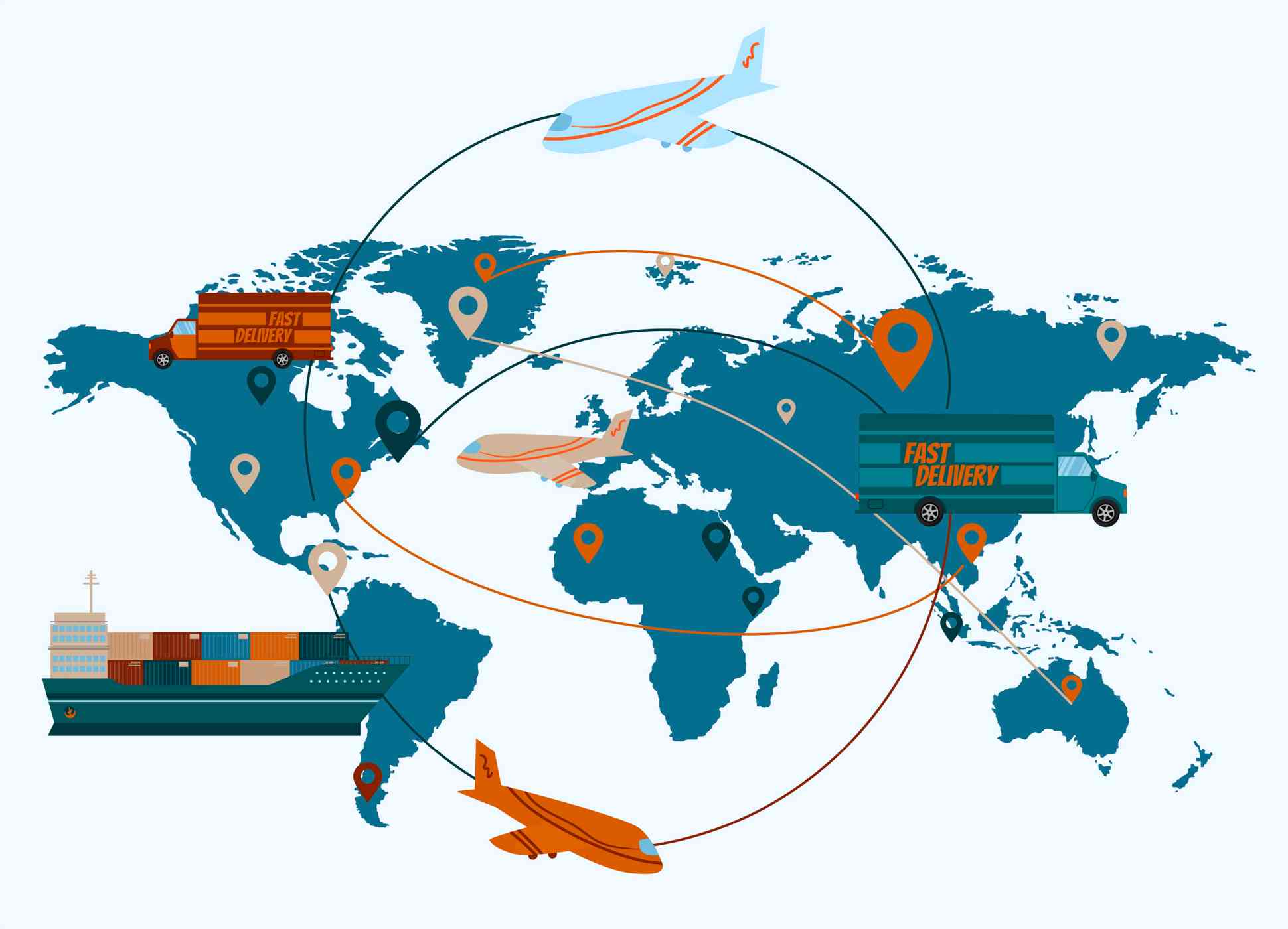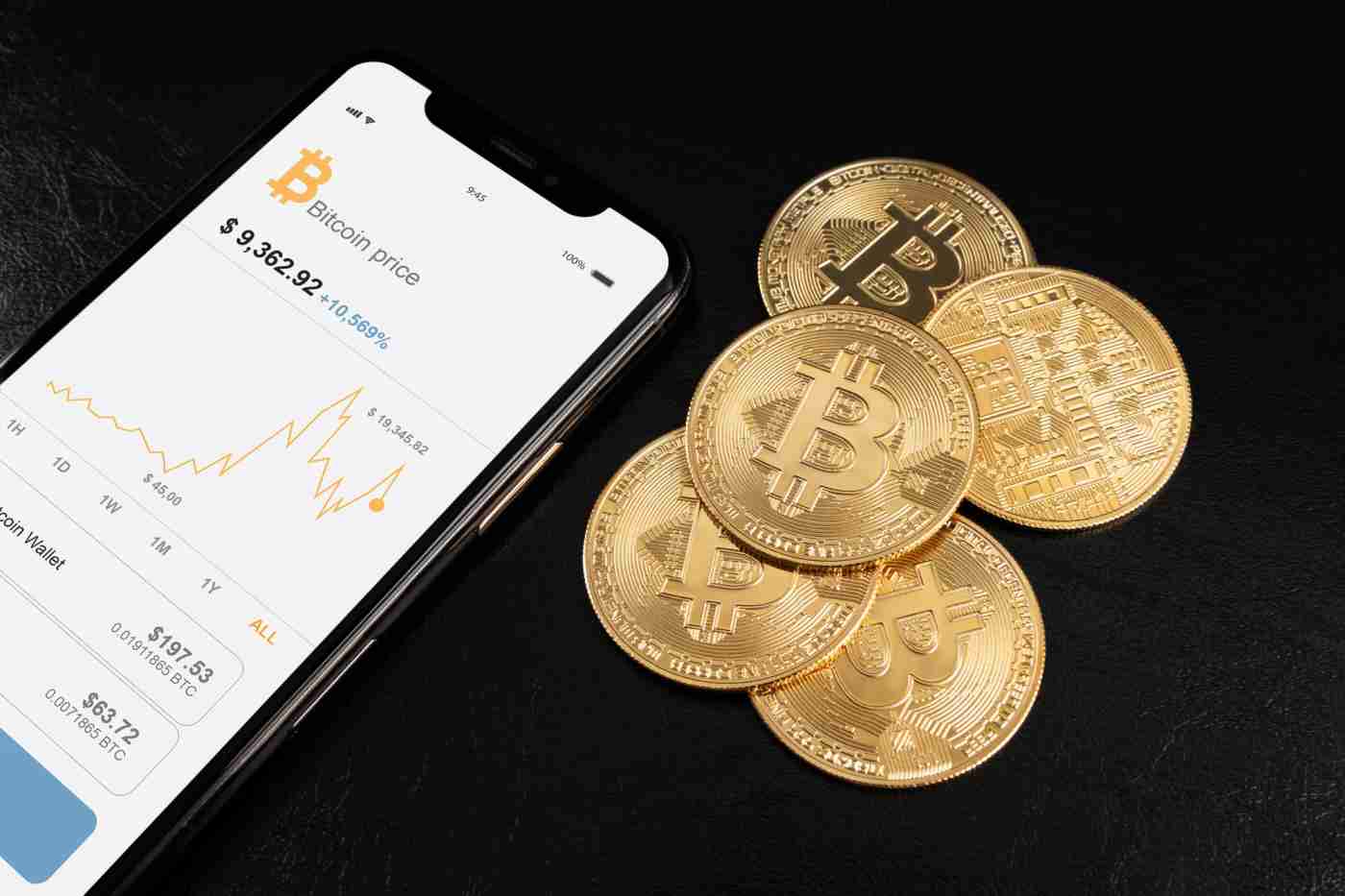Though primitive barter existed at the outset, global trade has metamorphosed into sophisticated, complex, and interrelated systems. Its journey has reflected changes in culture, technology, and economics, influencing the world in turnsorith.
Trade was primarily a barter exchange of goods and services in ancient days. Goods are exchanged at these places. This method was simple but helped in building trade relations; it also had a significant limitation. Both parties had to have what the other required. Early communities came up with simple forms of currency such as shells, grain, or livestock, to carry out transactions in a more effective manner. These very simple forms laid the groundwork for complex trade systems.
Trade routes connected distant places to each other as societies advanced. The Silk Route, established around 200 BC, gradually developed into the central node through which commerce between East and West could be transacted. It became a natural link between the two areas for the transport of much other goods, ideas, and cultures. There was the exchange of art and indeed religious and technological inputs into civilizations that showed how exchange was more than mere economic but also a source of cultural exchange.
Trade institutionalized with the rise of empires like the Roman and Persian. They developed standard currencies in conjunction with complicated trade laws which enhanced security and promoted economic stability. The advancement of maritime technology brought about the age of exploration in the 15th century, which opened newer trade routes. European nations hunted for wealth in the New World, culminating in the Columbian Exchange, a massive transfer of goods, crops, and peoples across oceans. It was from this time that there was integrated transcontinental trade in the most extensive sense.
The 18th and 19th centuries witnessed the Industrial Revolution, which drastically affected global trade. Innovations such as the steamship, the railroad, and the telegraph changed the means of moving things and communicating over great distances. Factories turned to producing them in bulk at massive scales and changed commerce completely. What generally happened was that efficiencies through mechanization meant surplus production, which implies new opportunities for world markets because of mass production along with challenges that included lack of such markets and emerging labor exploitation.
International organizations for regulating the trade were really established in the 20th century. General Agreement on Tariffs and Trade was born just after World War II to liberalize and reduce tariffs to espouse free trade. This opened the doors to today’s WTO. This was a liberalization that accentuated free trade and encouraged nations to open their borders to some kind of economic interdependence.
Today, once again, digital innovation and trade converge. E-commerce platforms open doors for consumers and businesses to trade across borders with little friction. Fintech solutions and blockchain technology open the door for further streamlining almost making trade faster and more secure. Regardless of these modern characteristics-the complexity and speed of supply chains-they are indicative of a global economy in which interconnectedness has meaning.
The journey has made its promises and challenges. It evokes questions of equity within trade, sustainability, and economic resilience-the disturbances such as trade disputes and protectionism created by the effects of globalization. It raises the point that one must navigate complex modernity with an understanding of the history that has given rise to the very nature of global trade and its impact on future economic policies.
Thus, turning from barter to modern markets-in whatever case taken-is a journey that still sets its path redolent of commitment to innovation and collaboration. An understanding of this progression is essential to an understanding of the contemporary trends and, in the opinions of some, future developments in finance and trade. Looking to this new future, the importance of adaptive strategies toward opportunities and challenges will loom ever larger in shaping the next chapter of global trade.






